The golden era of the Mayan civilization is traced back to what is now Guatemala, Mexico, Belize, Honduras, and El Salvador around the 6th Century A.D. Evidence of their legacy includes palaces and pyramid-shaped temples, which amuse hundreds of visitors annually. They flock to Central America to get a glimpse of this indigenous culture world-renowned for its highly developed and sophisticated writing system, agriculture, architecture, art, calendar-making, medicine, mathematics, and, yes, food.
Interest in how the Mayans lived and ate grew as their legacy maintains its hold in the modern-day era. People who wanted to comprehend why they ceased to dwell in the majestic cities prompted many historical investigations. But because we are after the beginnings of the Mayan cuisine and how they shaped the food adventures you can find in most parts of Central America, we are listing down the typical local fare during the Mayan golden years.
Maize

One of the things that built the Mayan cuisine was their discovery of new farming techniques, which helped them grow their crops. As a result, maize is a primary source of livelihood and food for the civilization, as they regularly have a bountiful harvest to feed the population.
Maize is the queen of Mayan cuisine. It constitutes 80% of their diet featured in various preparations. They used it whole and ground it to make corn flour, the main ingredient for the flat pancakes they called, and still known today, as tortillas. Mayans also used maize to make porridge and brew their beer. It is also the staple ingredient for other local favorites like tamales and had uses other than food (for making baskets, fuel, etc.)
Squash, Chilies, and Other Crops
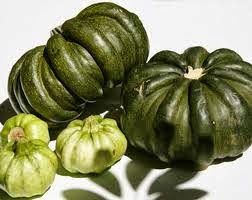
Didn’t we say the Maya people grew crops abundantly through their innovative and practical farming techniques? This civilization contributed so much to agriculture, which, during their time, was very helpful in feeding the entire population. But they had a great deal going aside from maize. Squash, sweet potatoes, beans, and chili peppers were also part of their regular diet because they have those aplenty.
They liberally used tender, lightly sweet squash to fill their tortillas.
They used sweet potatoes in their stews and other recipes.
They grew a handful of bean varieties, but black and red beans were the most common ingredient they used for everyday food.
Chili peppers, need we say more? The abundance of different varieties of chilies greatly influenced authentic Mayan recipes, which transcended into the modern day as well.
Tortillas
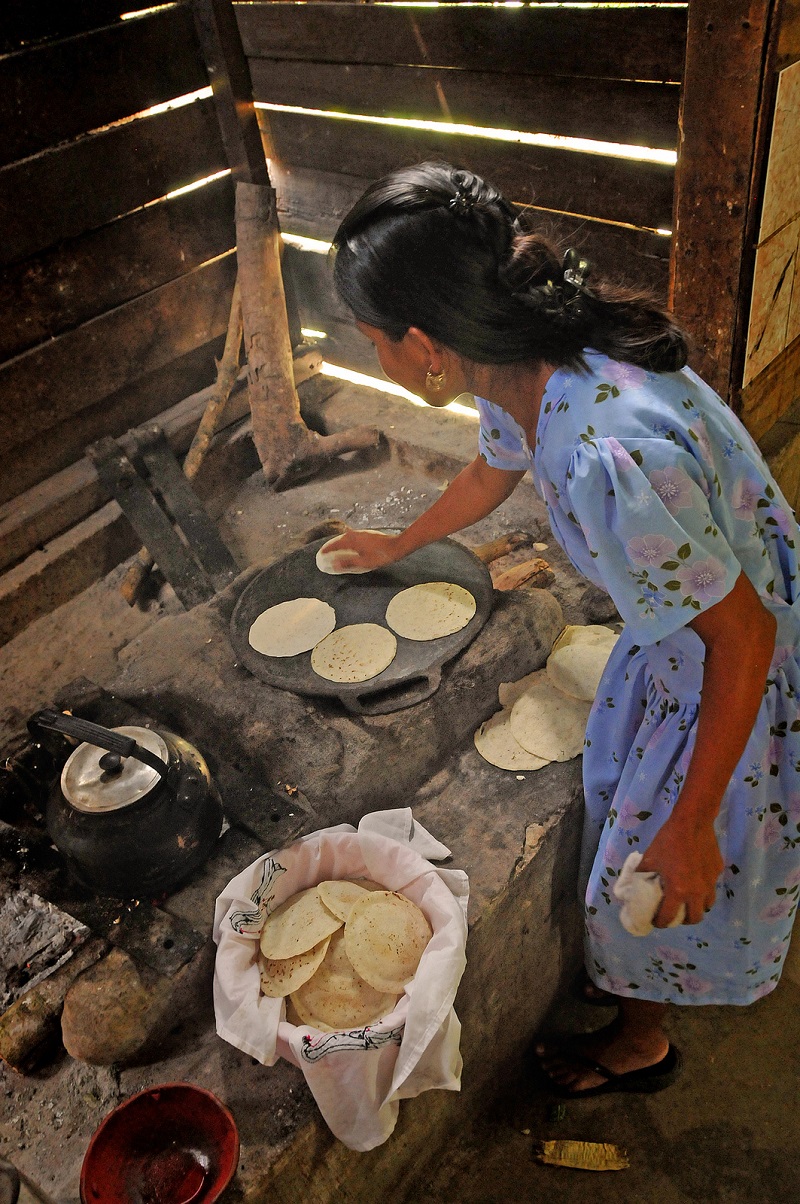
Maya people harvested plenty of corn in their lifetime. They had enough to make a variety of corn dishes, and of course, lots and lots of tortillas. They made those flat pancakes roasted over a flame from the kernels stripped from the cobs and ground into powder. Ground maize was then mixed with water to form a dough or masa, a fitting substitute to bread at the time.
The Mayans serve tortillas as the perfect vehicle and accompaniment to various foods. They filled them with just about anything and everything and consumed them regularly. Over the years, people have become creative in serving tortillas and they never failed to impress each time. Who could resist a taco, tostada, or tortilla chips? No matter what the filling, topping, or dip, they always get the crowd’s attention.
Tamales

Tamales, another cornerstone of Mayan cuisine, are one of the genius byproducts of maize. The one we delight in today is almost the same recipe used during the ancient Mesoamerican period, except for the lard. And the Mayans are among the loyal tamale makers and eaters. They were in the same league as the Olmecs, the Toltecs, and the Aztecs, who considered the dish a staple.
Tamales are made of masa, a dough similar to making tortillas. The Mayans and the previous civilizations used tamales as a portable food they brought to their travels and hunting trips. They also feed it to the armies.
Tamales are food for the gods. As self-proclaimed people of corn, this local delicacy played an integral role in many Maya rituals and festivals.
Avocado

How to eat like a Mexican when you do not have Guacamole on the table? Interestingly, that’s also how it was during the Maya period. Avocado was another crop they grew abundantly, with which they discovered to create many exciting dishes.
Among the wide varieties available, Guatemalan avocados are renowned for their deep yellow color and smoother, richer, more buttery texture, perfect for making Guacamole. However we prepared it today, the Maya recipe only comprised onions, chilis, and a splash of lime juice. They revered that basic recipe for years.
If avocado was popular as food, it also had a religious significance in Mayan culture. Their ancestors believed important people could come back as fruit trees, and one of those sacred representations is an avocado tree.
Poc Chuc
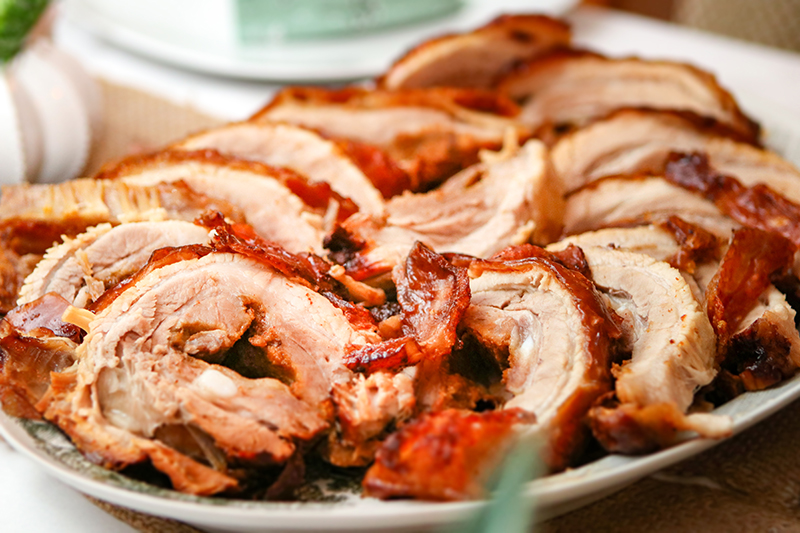
The greater days of the Mayan civilization made way for more elaborate meat dishes, and an excellent example of that is Poc Chuc. It’s a Yucatecan way of preserving and serving pork long before the fridge was known to mankind. It features salted pork slow-cooked in a sea of vinegar and orange juice, which help temper the saltiness while giving the meat a delicious character. Before serving, they saute onions and cilantro seasoned with a bit of sugar to go on top of the dish. Afterward, other developed cultures made different versions of Poc Chuc, with delicious sauces and toppings that go well with tender bits of meat.
Back in the day, Maya had to discover a way to keep their meat edible when they couldn’t consume the lot. Their days were warm, and their temperatures were humid. So they had to keep their meat heavily salted.
Turkey, Monkeys, and Fishes
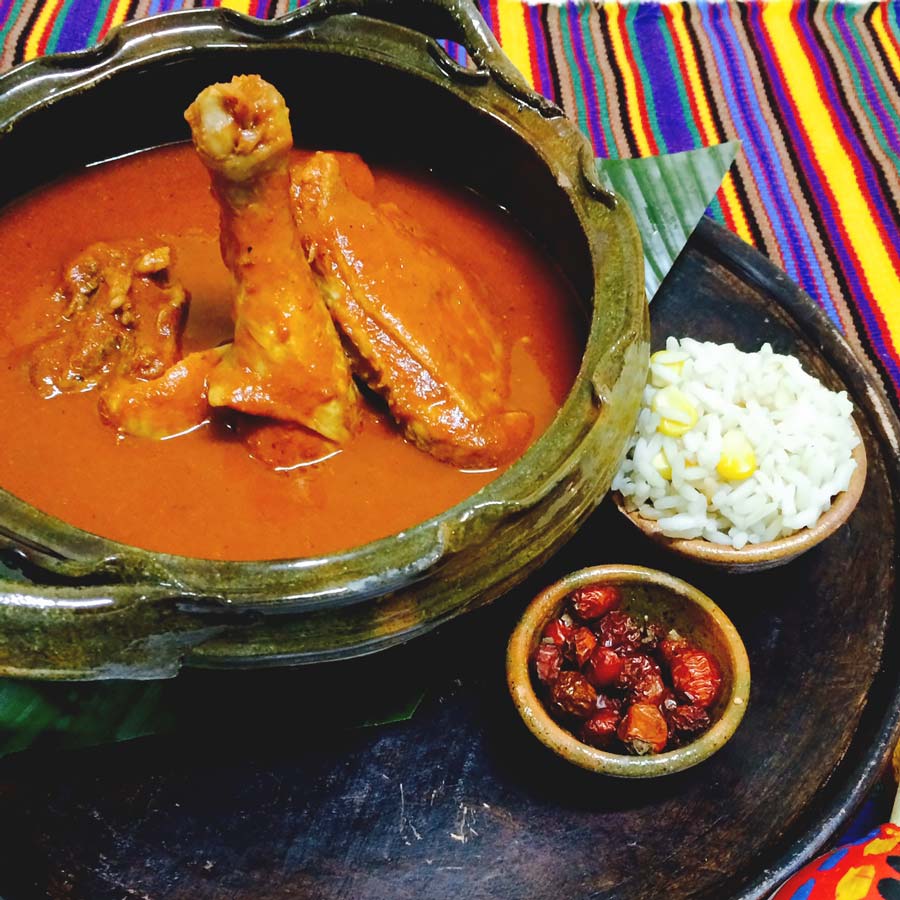
The Maya people were not regular meat eaters. Although they loved meat, it was not the primary source of their diet; their crops were. But if they do cook meat, it is special. It might be interesting for you to know that Mayans prefer turkey and duck over chicken. They also usually have pork, but they also hunt for boars, deer, and monkeys. Those who lived nearby the waters had fish regularly together with their crops.
Many ancient Mayan meat recipes made their way to the modern era, surviving centuries relatively untouched. That’s how you know their food is good. They would have stews during ceremonial feasts and would largely smoke meats as a way of flavoring and preserving them.
Breakfast Plate

The traditional Mexican breakfast had its roots grounded in Mayan cuisine. Back in the day, their standard fare for the first meal consisted of scrambled eggs, a slice of avocado, fried plantains, beans, queso blanco or white cheese, and piping hot tortillas served in a clothed basket. Naturally, they paired such an elaborate plate of good food with delicious, steaming hot coffee to perk them up for the day.
The traditional breakfast of the Maya people continues to influence contemporary morning feasts. The simple things, when put together, comes as a nourishing meal that’s great enough to please even the most discerning palates.
Coffee
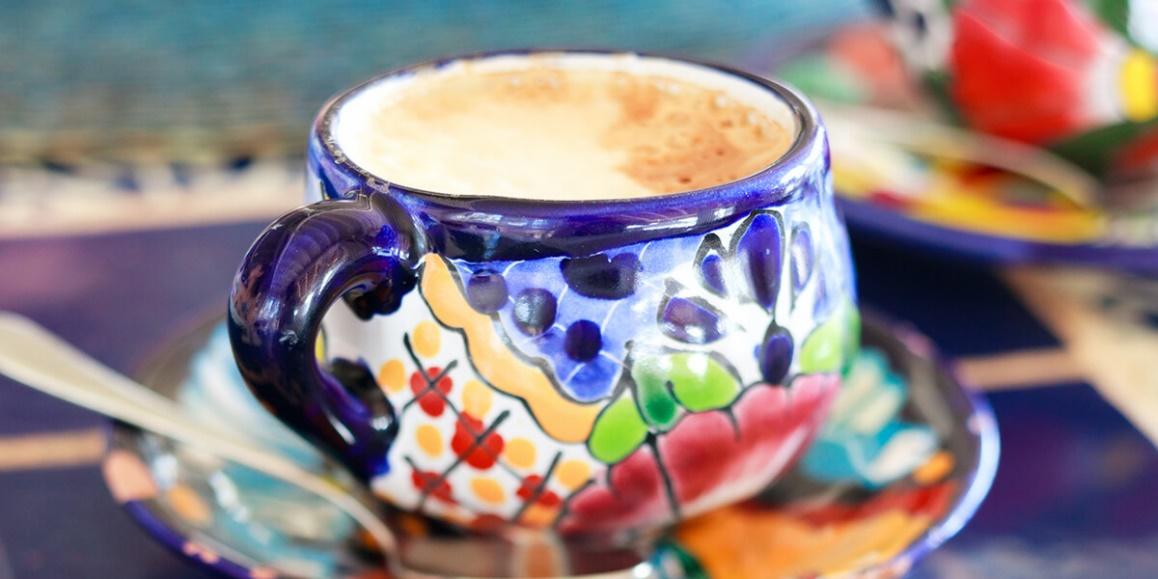
Speaking of coffee, did you know the Maya culture was one of the first civilizations to develop the cup o’ joe? They grew coffee in the Chiapas rainforest and elsewhere, emerging as one of the largest producers of the best Arabica coffee worldwide.
Coffee was regularly part of the Maya people’s morning meals and was consumed several times during the day. Guatemala continues to facilitate coffee plantation tours so people can see how they process the beans before they end up in a cup, a Mayan legacy they are forever grateful for.
Chocolate

The world’s well-loved treat was a currency during a large part of the great Maya civilization and other cultures, like the Olmecs and the Aztecs. Through what is assumed as a long process of trial and error, the Maya people discovered how to process cacao beans and roast them to create the most delicious elixir: hot chocolate.
Early on, Mayans made Xocolatl out of cacao but served it only to the most elite of their pack, believing it was sent from the gods to give them power. It was an essential feature of their ceremonial feasts.
Fast forward to the 1500s, when the Spaniards invaded the Maya lands, they adopted processed cacao and served it with sugar and milk to make the best-tasting chocolate drink. Soon after, they turned the bitter-spicy-sweet drink into an edible candy bar. They also added it to various dishes, desserts, and even mains.